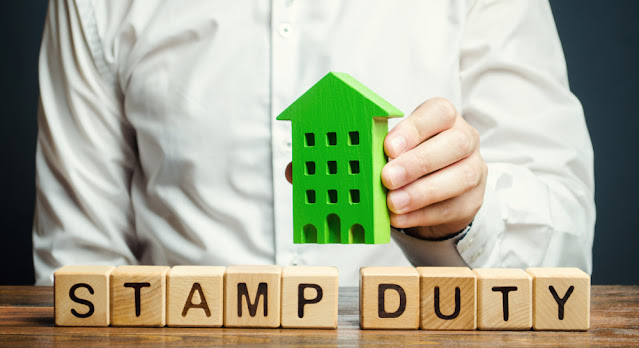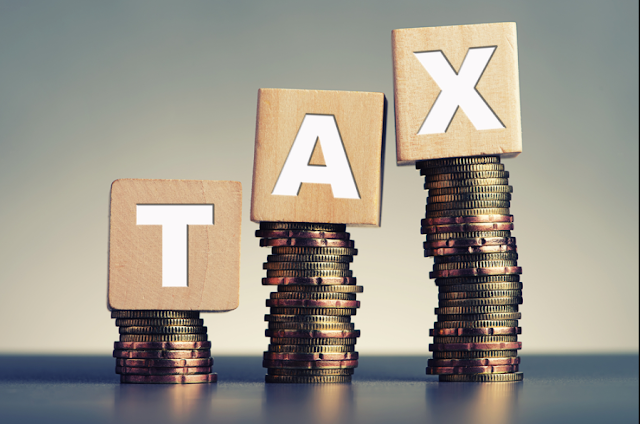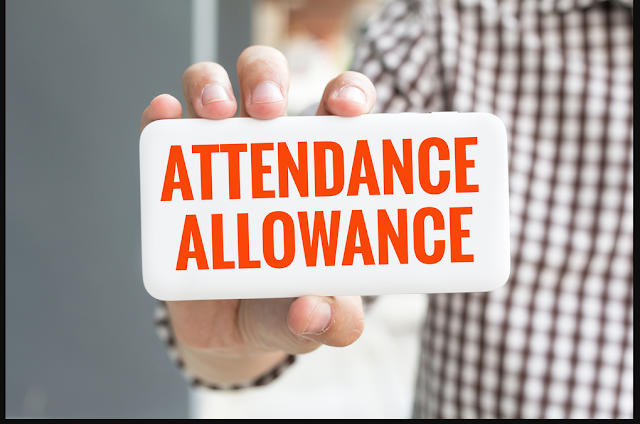What you need to know about Stamp Duty
If you purchase a home in England or Northern Ireland, you will be eligible for a reduced Stamp Duty Land Tax (SDLT) rate until June 30, 2021. If the price of your primary residence is less than £500,000, you would not have to pay Stamp Duty. If you buy more than one property, you'll have to pay an additional 3% in Stamp Duty on top of the updated rates for each band. If you still get confused while paying and need any help, then cheap accountants in London are here to guide you
What is Stamp Duty, and how does it work?
Stamp Duty is a tax that you will have to pay if you buy a
house or land in England or Northern Ireland for more than a certain amount.
You won't have to pay Stamp Duty on assets worth up to £500,000 if you purchase your main home before June 30, 2021. This is so whether you're a first-time buyer or a seasoned real estate investor.
When is it not necessary to pay Stamp Duty?
Other situations in which Stamp Duty is either not applicable or may be reduced include:
- Over the rate band by a smidgeon. Ask the seller or estate agent if they will consider a slightly lower price if the price is only within a higher band.
- Land division during a divorce or separation. If you're divorcing or separating from your spouse or partner and move a portion of your home's value to them, you won't have to pay Stamp Duty.
- Deeds are transferred. If you give or leave the deeds to someone else as a gift or in your will, they will not have to pay Stamp Duty on the the market value of the property.




Comments
Post a Comment